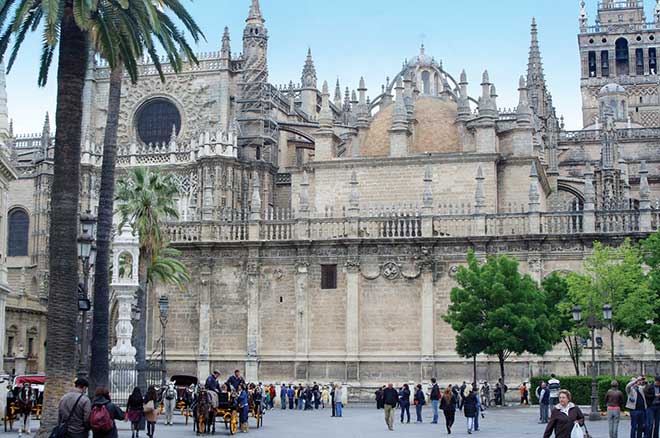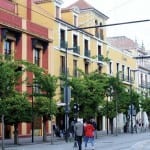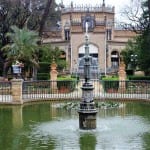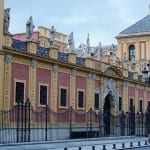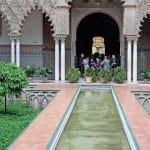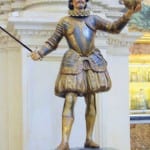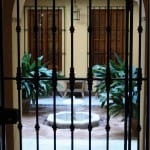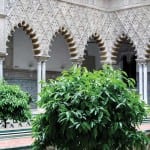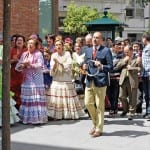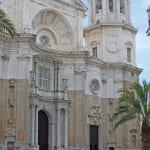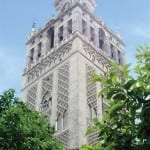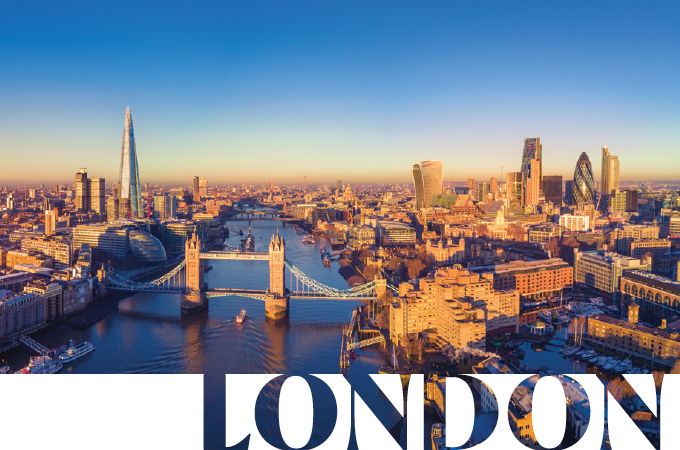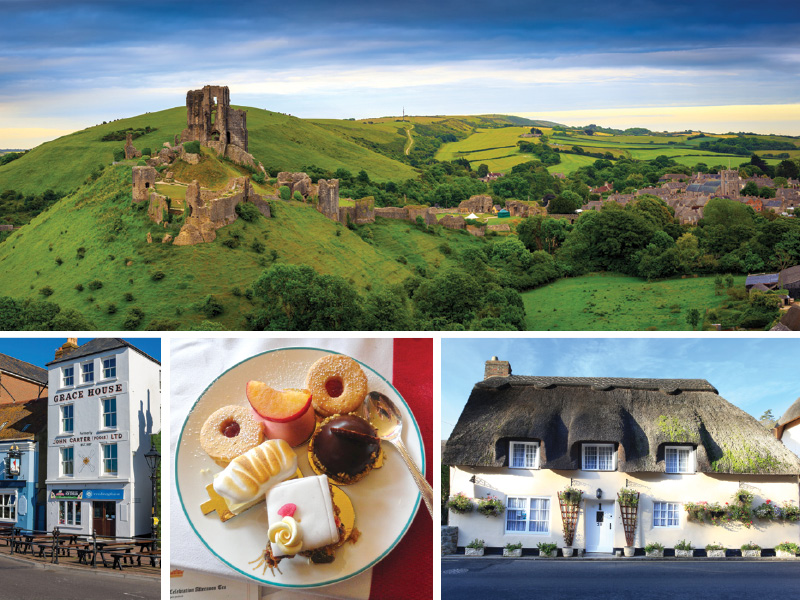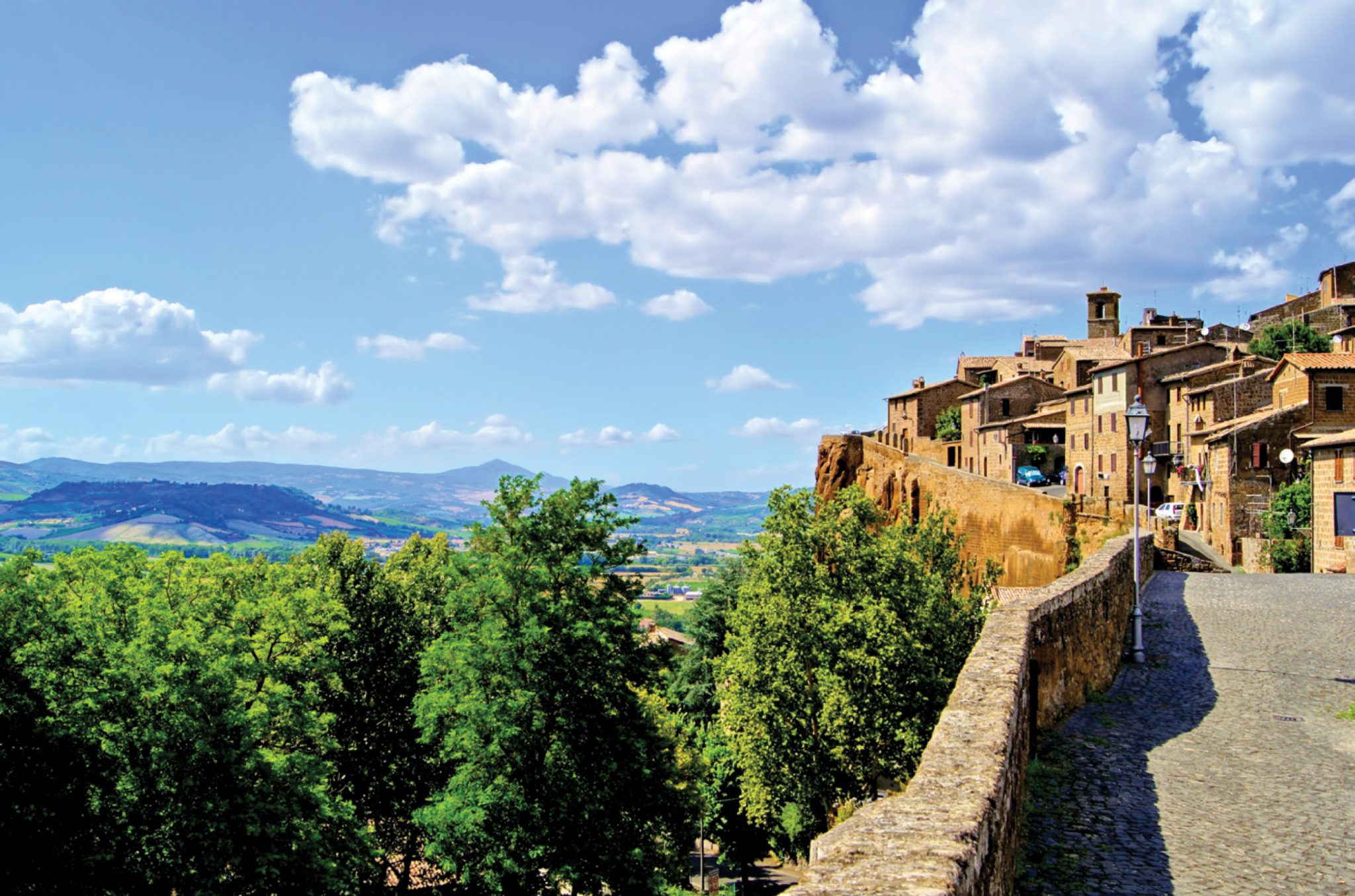To really understand what the ‘New World’ meant in the 15th century, you need to visit the Old World, specifically Seville. This is where Magellan launched his expeditions to the Americas and Christopher Columbus’ voyages paved the way for Spain’s 200-year monopoly on the riches there. By the 16th century, that fortunate city was designated the capital of the Carrera de Indias, the Indies route, and as such, it became the main trading port with the Americas for two centuries.
The capital of Spain’s southern Andalusia region, Seville at some time was under the rule of Romans, Visigoths and Moors, and it has the outstanding architecture to prove it. Its Cathedral of Seville, the largest Gothic structure in Europe, is the final resting place of Spanish monarchs and, reputedly, of Christopher Columbus. The Moorish Alcazar Palace was the first in Europe to have gardens filled with exotic flora from the southern hemisphere (including oranges), and Santa Cruz, the city’s old Jewish Quarter, delights visitors with its narrow lanes, wrought-iron doors and flower-strewn balconies.
The city was taken from the Moors by King Ferdinand III in the 13th century, during the ‘Reconquista,’ and rather than destroy the culture established by the Muslim sultans of North African descent, the Spanish just built alongside it. It is said that three religions—Judaism, Christianity and Islam—coexisted peacefully in Seville for two centuries, until 1492, when King Ferdinand II of Aragon and Queen Isabel I of Castile expelled all ‘nonbelievers’ during the Inquisition.
Historically, since the time of the Visigoths, the area was known for salt mining; in fact, the word ‘salary’ originates from the custom of paying workers with salt (or sal). Seville also is known for vino de Jerez, which the British anglicized into the word ‘sherry.’ The capital of the Moorish empire, Seville also is renowned as the center of Flamenco dance, so you may be treated to an impromptu performance in the streets, like we were, if you happen to visit on a festival day. Processions of men with guitars and ruffle-clad women sang and danced their way through the scenic squares of the old city.
The Alcazar Royal Palace, which together with the cathedral dominates the historic old city, was originally a Moorish fortress and has fascinating Eastern features like ornate tilework and stucco frieze on the walls and ceilings, none of it depicting the human form, since that was forbidden by Muslims. Originally built in the 12th century by the Moors, the palace was later embellished in the 15th century by Seville’s Christian rulers, creating a style unique to this area called mudejar. It is this blend of Moorish and Christian features that so fascinates visitors. In fact, Alcazar, which means ‘the fort’ in Arabic, is among the 3,000 words derived from Arabic still used in Spain today!
Inside the palace, a series of courtyards is named for their function: El Patio de la Montera (the hunting courtyard), El Patio del Yeso (the plaster courtyard), and El Patio de las Donacellas (the maidens courtyard). Second-story openings overlooking the courtyards are covered by ornate spindles made of Lebanese cedar. Behind the wooden windows, the women of the royal harem gathered to see and hear what the men were doing—without being seen. In a style noticeably different from European landscapes, the Alcazar has a series of small, sunken and recessed courtyard gardens spread over 13 acres. These are variously adorned with pools, fish ponds, fountains, and colorfully tiled walkways and stairs. Plantings include such exotic species as hibiscus, magnolia, acanthus, jacinda and palm. And present everywhere are bitter orange trees, also introduced by the Moors for use in the manufacture of perfume, marmalade and Cointreau.
Directly across from the palace is the Archives of the West Indies, which houses the records from Spanish explorations to the New World. Nearby is the old Jewish quarter, with narrow cobblestoned streets and homes covered by decorative iron doors for ventilation. Seville, known as ‘the oven of Europe,’ routinely reaches 115 degrees in summer.
A short walk from the Alcazar is Seville Cathedral (St. Mary of the Sea), finished 102 years after construction began in 1402. With the largest nave in Spain and four transepts, it is breathtaking in scope and has ornate features befitting the most powerful trading city of the time. Lining the walls are 45 private chapels belonging to noble families, each with its own iron gate, stunning paintings and privately commissioned stained glass windows created by the most accomplished Flemish, German and Italian artists of the day. There are nearly 100 such windows!
The Cathedral’s Giralda Tower, originally a minaret from the old mosque that stood at this site in the 12th century, is widely recognized as the symbol of Seville. It is topped by a statuette of Faith, a woman holding a shield in one hand, a palm in the other. Seville Cathedral also has the biggest altar in Europe, with 45 vignettes depicting the life of Christ, and another altar, Monument of the Holy Wall, all in sterling silver. Supported by four life-size figures representing the four kingdoms of Spain—Aragon, Castilla, Leon and Navarra—is the tomb of Christopher Columbus. But despite 21st-century confirmation that the explorer’s DNA is in the tomb, the Dominican Republic, where he landed in 1492, still claims to be his burial site.
Even though there is enough ancient history in Seville’s old city to fascinate you for days, take a break from the Middle Ages to admire the Plaza de America and the Plaza d’Espana, both built for the 1929 Exhibition of the Americas. Ornate pavilions line the former, along with rose gardens in every color. The Plaza d’Espana is a breathtaking vision of bridges, gardens, minarets and tilework built as an homage to Spain’s four kingdoms. Its immense cobblestoned courtyard and archways have been used in the filming of three movies: Star Wars, Lawrence of Arabia and The Dictator.
Be sure to make time for tapas at an outdoor café. The sky’s the limit for what is offered during the midday meal, but paella, calamari, roasted potatoes and fish cakes are among the favorites. Even if all that lunchtime food doesn’t slow you down, the Spanish tradition of siesta will. Everything shuts down from 1:30 until about 5:30 p.m., so you may as well do as the Spanish do: Eat, drink, rest and prepare for a night on the town.
[stay]
We enjoyed Seville and the rest of Moorish Spain during a Silversea cruise (silversea.com), but if you’re landbound, Eme Catedral Hotel is across from La Giralda and as a renovation of old townhouses, offers both ambience and convenience. Hotel Alfonso is probably the most renowned lodging in town, located across from the Alcazar. Newly renovated a couple of years ago, it is pricey ($600-plus) but posh. For considerably less, you can stay at Las Casa de la Juderia in the old Jewish quarter, a palace from the 17th century with antique-style décor, balconies in every room and an excellent location.
[play]
This is the city of Flamenco, so perhaps you’ll be lured into a performance one evening in Santa Cruz. And given that so many operas are set in this magical city, you should try to plan your trip to coincide with a performance of Carmen, The Barber of Seville or Don Giovanni at Teatro de la Maestranza. Also fun is the arts and crafts market held daily at El Pistigo, highlighting local creations.
[eat]
The charming cobblestoned streets and squares are lined with cafes that serve tapas, wine and beer. For a more trendy meal, there is EgAna Oriza, opened by Jose Mari Egana, avid hunter and chef. The menu reflects those passions, although much of what is served comes from the region, including wild boar, duck and ostrich. Less experimental is Enrique Becerra, an Andalusian restaurant near the cathedral that does tapas, fish, lamb, sangria and other regional dishes. A favorite of locals is Taberna del Alabardero, also near the cathedral, where the city’s affluent dine on things like spicy peppers with bull meat, cod dishes and Iberian foie gras.
[buy]
Tons of little shops line the winding streets and squares near the cathedral and the Alcazar. They sell mementos that, once you’re home, you’ll appreciate having: hand-painted fans, mantillas, flamenco dolls and full-out flamenco costumes. For less touristy purchases, there is the renowned Spanish department store, El Corte Ingles, with multilingual translators to assist you.
Photos: Marc Weiner





